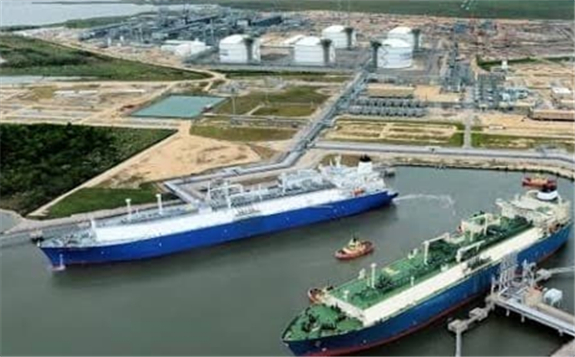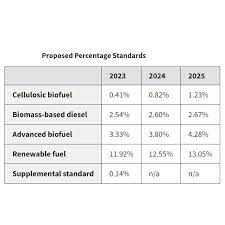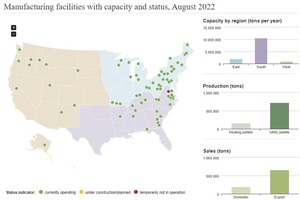After a year of non-existent liquefied natural gas (LNG) exports from one of the fastest-growing global suppliers, the United States, to the fastest-growing world importer, China, American LNG cargoes started to travel again to China in March this year. Now U.S. exports of LNG are set to grow in the coming years, thanks to the first commercial U.S.-Chinese agreement for term supplies since the trade war that started in 2018 decimated American LNG exports to China, after Beijing slapped tariffs on the super-chilled fuel in retaliation to U.S tariffs on billions of U.S. dollars worth of Chinese goods.

U.S. LNG producer and exporter Cheniere Energy has recently signed a framework agreement with China’s Foran Energy Group to sell 26 LNG cargoes to the Chinese company over the next five years to 2025.
This term agreement is the first commercial term deal since the United States and China entered into a bitter trade spat in 2018, slapping tariffs on each other for a number of goods, including China imposing tariffs on American energy goods.
Cheniere was the first to sign a long-term deal with a Chinese firm before the trade war. In February 2018, the U.S. firm signed LNG Sale and Purchase Agreements with China National Petroleum Corporation (CNPC).
But Chinese LNG importers have shunned long-term agreements with U.S. producers since then, given the uncertainty about the trade war and tariffs.
The new term deal between Cheniere and Foran Energy Group could be a sign that LNG trade between the U.S. and China could be on track to increase in the future.
On the Q3 earnings call last week, Cheniere’s top executives expressed optimism about the company’s footing on the Chinese market and the long-term growth prospects of Chinese LNG demand and import growth.
Over the past year and a half, U.S.-Chinese LNG trade had come to a standstill amid the trade war before picking up in March this year after China started granting tax waivers to exempt some of its LNG importers from the tariffs.
Between March 2019 and February 2020, no LNG cargo from the United States went to China, data from the U.S. Energy Information Administration (EIA) shows, as the trade war and the Chinese tariff made U.S. natural gas uneconomical for China’s importers.
The one-year hiatus ended in March after China exempted some LNG importers from its tariff on American gas, also in light of its commitment to buy growing amounts of U.S. energy products under the phase-one agreement signed in January 2020.
China is supposed to purchase billions of dollars’ worth of oil, coal, and LNG. Even before the pandemic, analysts had largely concurred that the Chinese promise to buy an additional US$52.4 billion worth of U.S. energy products in 2020 and 2021 on top of the 2017 levels of Chinese energy imports was most likely unachievable, even if China intended to fulfill all its pledges in the deal.
Data from the Peterson Institute for International Economics (PIIE) as of September 2020 shows that China’s imports of energy products were US$5.3 billion so far this year, compared with a year-to-date target of US$15.4 billion. In other words, between January and September, China bought just one-third of the energy products it had to in order to reach its annual 2020 target of US$25.3 billion.
The latest Cheniere deal will not help Chinese LNG imports this year as deliveries could start in 2021 at the earliest, but the term nature of the agreement—as opposed to spot purchases—signals that the U.S. firm believes that the Chinese market is an opportunity for American exporters.
“China’s LNG demand increased by 13% or 2 million tons year-on-year in third quarter,” Cheniere’s Executive Vice President and Chief Commercial Officer, Anatol Feygin, said about the prospects in China on the earnings call on Friday.
“Of note, and despite the stresses of the pandemic, policy priorities in China continue to favor broad based adoption of cleaner-burning fuels to displace coal,” Feygin added.
“There’s a tremendous amount of gas demand growth. And we are very well-positioned to serve that,” Cheniere’s executive noted.







